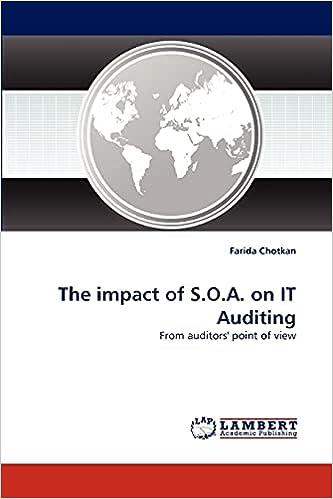








In previous modules, you examined the initial stages of the accounting cycle and practiced journalizing financial transactions. In Milestone One, you will complete the first part of your course project to demonstrate your ability to accurately record financial data, which will continue to be used to complete other parts of the project. Scenario You were recently hired as an entry-level bookkeeper for a service business that recently opened. This is the first month in operation for the business and your first task is to record business transactions for their first month using the source documents and transaction data the owner will provide to you. Because this is a small business that does not use computerized accounting, you will apply the accounting cycle in Excel to record transactions and generate financial reporting results for the owner. Prompt Record Financial Data: Use accepted accounting principles to accurately capture business transactions for the month in the Company Accounting Workbook Template using the data provided in the Accounting.Data Appendix document. Specifically, you must address the following rubric criteria: - Accuracy: Prepare entries that are accurate in that they fully reflect the appropriate information. - Completeness: Prepare entries that are complete for each month, including transferring posted entries to T accounts. - Unadjusted Trial Balance: Prepare the unadjusted trial balance portion of the "Trial Balance" tab of the company accounting workbook, ensuring that the total debits and credits match. Guidelines for Submission Using the provided template, submit your company accounting workbook with the following portions completed: the General Journal tab, the Ledger Accounts tab, and the Trial Balance tab. This should be completed and submitted using the Microsoft Excel workbook template. Please note that the first tab of the workbook provides you with the chart of accounts. These are the accounts you will use in recording transactions for the month. The following events occurred in March: - March 1: Owner borrowed $125,000 to fund/start the business. The loan term is 5 years. - March 1: Owner paid $250 to the county for a business license. - March 2: Owner signed lease on office space; paying first (March 20XX) and last month's rent of $950 per month. - March 5: Owner contributed office furniture valued at $2,750 and cash in the amount of $15,000 to the business. - March 6: Owner performed service for client in the amount of $650. Customer paid in cash. - March 8: Owner purchased advertising services on account in the amount of $500. - March 10: Owner provided services to client on account, in the amount of \$1,725. - March 15: Owner paid business insurance in the amount of $750. - March 20: The owner received first utility bill in the amount of $135, due in April. - March 20: Office copier required maintenance; owner paid $95.00 for copier servicing. - March 22: Owner withdrew $500 cash for personal use. - March 25: Owner paid $215 for office supplies. - March 25: Owner provided service to client in the amount of $350. Client paid at time of service. - March 30: Owner paid balance due for advertising expense purchase on March 8. - March 30: Received payment from customer for March 10 invoice in the amount of \$1,725. - March 31: Last day of pay period; owner owes part-time worker $275 for the March 16 through March 31 pay period. This will be paid on April 5. - March 31: Provided service for client on account in the amount of $3,500. - March 31: Record depreciation of the office furniture at $45.83. This rhart af arrounte shnuld holn voul Journal Entry Tips The debited account is recorded first, credited account recorded second. Debits and credits must always equal! There can be compound entries in which two accounts receive a debt to an equivalent credited amount to one account. Be sure to use your chart of accounts (the first page of this workbook). Each account you will record to is already listed and organized by classification of the account. Repairs \& Maint. Trial Balance As of 03/31/20XX \begin{tabular}{l|c|c} \hline \multicolumn{3}{|c}{ Unadjusted trial balance } \\ \hline \multicolumn{1}{|c|}{ Account } & & \\ & Debit & Credit \\ \hline Cash & & \\ \hline Accounts Receivable & & \\ \hline Prepaid Rent & & \\ \hline Office Furniture & & \\ \hline Office Supplies & & \\ \hline Accumulated Depreciation & & \\ \hline Notes Payable & & \\ \hline Accounts Payable & & \\ \hline Wages Payable & & \\ \hline Owner's Capital & & \\ \hline \hline Service Revenue & & \\ \hline Rent Expense & & \\ \hline Business License Expense & & \\ \hline Depreciation Expense & & \\ \hline Insurance Expense & & \\ \hline Repairs and Maintenance Expense & & \\ \hline Wdvertising Expense & & \\ \hline Wages Expense & & \\ \hline Totalitil & & \\ \hline & & \\ \hline & & \\ \hline \end{tabular} Debits should equal credits Balances from the t accounts will autofill your trial balance. If total debits do not equal total credits in the trial balance, you know you have an error. These are the balances that will be used to prepare the financial statements. Be sure to implement feedback provided by your instructor for this Milestone One submission! These numbers are check figures for your project. Make sure to check your check figures. If they do not reconcile, then you have made an error: Total Debits - $155,865.83 Ending Cash - $138,515















